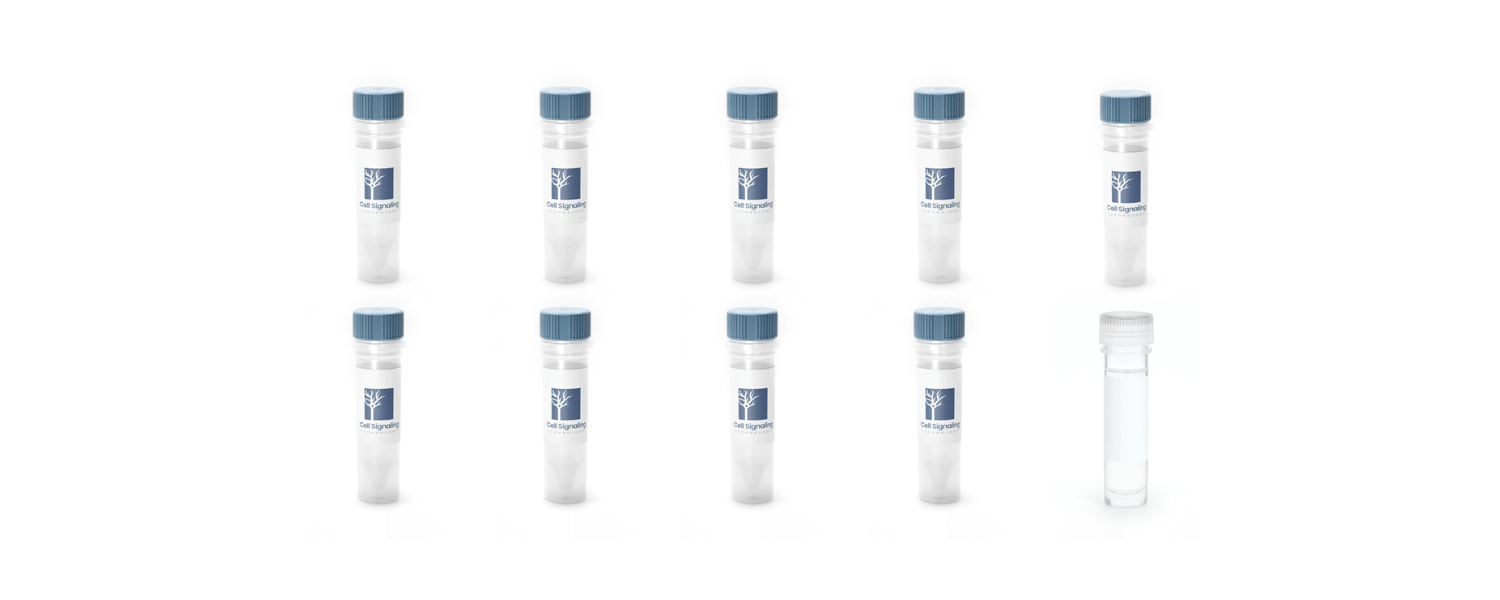This is Part 2 of a two-part blog series on Alzheimer's Disease. Read Part 1 here.
Finding a Diagnostic Biomarker for Alzheimer's
What plasma biomarker(s) could be used to accurately predict the severity of Alzheimer's Disease (AD) progression in patients? Because such molecules would have to be secreted from neurons in the brain, diffuse into the interstitial fluid (ISF), the cerebrospinal fluid (CSF), and finally the plasma, we would logically expect a largely attenuated signal in blood
The successful identification of biomarkers to report pathogenesis in the brain would require the development of assays with extremely high sensitivity that are well-designed for rigorous retrospective studies of multi-year, longitudinal cohorts covering both the asymptomatic and symptomatic phase of AD to test the predicting power of specific analytes.
Initiatives targeting candidates like tau using proteomics through sophisticated mass spectrometry have shown excellent resolution to analyze raw or affinity-purified biological samples. However, there are more challenges to consider in the biomarker field, such as throughput.
Biomarker Research Challenges
Analyzing 20 samples and 2,000 samples are completely different stories. Another issue is the reliability of the analysis of a whole cohort of samples coming from different batches and days, not to mention the volume of samples. For a large cohort, blood samples are aliquoted to be analyzed by as many methodologies as possible. So, the volume of blood required to yield results becomes a key factor, along with the complexity of the procedure and automation possibility for future diagnostics applications.
Regarding these concerns, the use of ultra-resolution proteomics to analyze a cohort of 2,000 samples could not be achieved, as it is too complicated, has low throughput, and uses a large volume of samples (in the case of affinity purification). In contrast, immunoassays are the most direct and reliable tool to measure proteins in blood samples from individuals with AD. Immunoassays are high-throughput and use a small amount of plasma, and additionally, it is not an expensive technique.
Detecting tau in the blood of patients with AD is complicated due to the large number of phosphorylation sites on tau, which may be phosphorylated or unphosphorylated in any combination. While phosphorylation at several residues of tau is associated with AD, several non-phosphorylated tau species are biomarker candidates for AD; these species include unmodified tau, insoluble tau, and aggregated tau.
But above all, as mentioned, antibodies are the "soul" of immunoassays. Improving the technology behind immunoassay platforms alone will not be sufficient to achieve the goal of detecting AD biomarkers. Suitable, well-validated antibodies could unleash the power of these ultra-sensitive systems, while bad or poorly-validated antibodies would jeopardize the clinical development process.
Groups around the world are heavily testing dozens of commercial antibody candidates—as well as newly developed antibodies targeting the two major proteins in AD; Aβ and tau—with a higher affinity for capture and the other with higher specificity for detection. This step is always the most vital and time-consuming.
Phosphorylated Tau
Many studies have shown specific phosphorylated tau species as principal biomarker candidates for AD that can be measured in the plasma; examples will include phosphorylated tau at threonine 181, threonine 217, and serine 396. Unmodified tau, also referred to as total tau, has been considered as a biomarker for AD, including soluble tau, aggregated tau, and insoluble tau. This approach is the core of several programs from biopharmaceutical companies targeting these proteins in AD with the antibody-trapping technique. Multiple programs among pharmaceutical companies are also taking these approaches targeting total tau, PTM tau, but conformation-specific tau, including Biogen, Eli Lilly, and Novartis among many other companies. Therefore, measuring all these tau species is crucial to pinpoint the best tau to be used as a biomarker. The biology of tau is rich and complicated, and the search for tau biomarkers is a gigantic challenge.
Moreover, there are many new modifications of the modern immunoassay that are designed to boost sensitivity. Scientists routinely use a range of technologies including electrochemiluminescent platform (Meso Scale Discovery), beads-based single molecular counting Simoa HD-1 (Quanterix), and planar array-based Simoa SP-X (Quanterix). The sensitivity range is set at high picograms-ml-1 to low femtograms-ml-1 among different platforms. Beyond sensitivity, whether an analyte could be measured accurately on any platform also remains to be tested because of the complexity of the blood matrix and also native conformation of the analyte itself in question. So trial and error is the only way to tell what is the best platform for a specific analyte, and the use of several biological models as well.
Blog: Antibody Toolbox: Neurodegenerative Disease Biomarker Research with Biofluid Samples
Monoclonal Antibodies to Aβ and Tau
An ongoing collaboration between Cell Signaling Technology and the academic laboratory of Dr. Dennis Selkoe and Dr. Lei Liu at Brigham and Women’s Hospital and Harvard Medical School, is in development to validate rabbit monoclonal antibodies for different Aβ and tau species, as well as other potential candidates including presenilin-1, nicastrin, and several other targets. Rabbit immune system has an improved immune response to small antigens to generate antibodies recognizing a more diverse range of epitopes.
Taking these advantages, we could design antibodies to distinguish different Aβ and tau species by small truncation or post-translational modifications, such as phosphorylation and acetylation. The access to multi-year longitudinal cohorts in Dr. Selkoe and Dr. Liu, in CSF and plasma, represents a unique opportunity to put our knowledge to practice, and both groups will benefit from contributing to the knowledge and advances in AD.
A Monoclonal Antibody for Phospho-Tau 217
Update: Learn more about CST's antibody clone EY94S, which targets the phosphorylation of human tau at threonine 217 (p-tau217) in this blog: Unraveling Alzheimer’s Disease: Developing a P-Tau 217 Antibody

Discrimination of human AD from normal CSF using Phospho-Tau (Thr217) (E9Y4S) mAb #51625. (A) pTau217 levels were measured in human AD CSF and normal CSF using the SMCxPRO platform. (B) A receiver operating characteristic (ROC) curve was plotted to represent this data with an R score of 0.9995. Data kindly provided by Dr. Lei Liu and colleagues at Brigham and Women’s Hospital and used with permission.
Select References:
- Mattsson N, et al. CSF biomarkers and incipient Alzheimer’s disease in patients with Mild Cognitive Impairment. CSF Biomarkers and Alzheimer’s disease. 2009.
- Tauvid approved by FDA imaging tau pathology by PET.
- Leuzy A, Heurling K, Ashton NJ, Schöll M, Zimmer ER. In vivo Detection of Alzheimer's Disease. Yale J Biol Med. 2018;91(3):291-300. doi:10.1371/journal.pone.0038284.
- Barthélemy NR, et al. Cerebrospinal fluid phospho-tau T217outperforms T181 as a biomarker for the differential diagnosis of Alzheimer’s disease and PET amyloid-positive patient. Alzheimer’s research and Therapy. 2020.




/42157_chimeric%20antibody%20blog%20featured3.webp)


